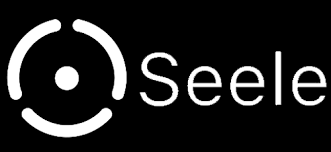
INTRODUCTION
Seele is a Blockchain 4.0 project that is creating an innovative decentralized application (DAPP) platform.
Recently, I wrote a post that outlined the project’s major features and kept reduced their technical descriptions to a general level. My goal was to give the general audience a better understanding of what the Seele project is about. However, many of Seele’s features deserve a closer, more detailed look.
For this post, I will take a deep dive and look at Seele’s neural consensus algorithm and attempt to explain it for a non-technical audience.
Please note, this is my understanding of neural consensus and it may not be precise. However, I think I have a good enough understanding to help readers without driving them off a cliff. In other words, my understanding may not hit the bullseye, but I think I’m at least hitting the target 😊
CONSENSUS IN BLOCKCHAIN
Let’s make sure we are on the same page. If you know what consensus is for blockchain feel free to skip this section.
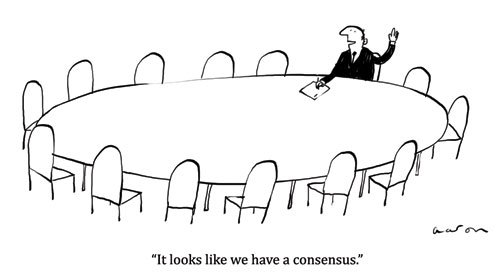
Consensus is a fancy word for coming to an agreement. Consensus is the foundation of blockchain technology and it gives it the power to be decentralized because it verifies that each transaction that gets recorded to the blockchain has been looked at and approved to be part of the blockchain.
Think of blockchain as a room full of people. You are outside the room and you want to know what is happening inside. For this example, there is an unknown animal sitting in the center of the room. Without going into the room, how can you know what the animal is? How can you be sure? The simplest way is to ask the people in the room to write or tell you what it is as they exit the room. The idea is that you will trust whatever answer is reported the most. Why do you trust the answer with the most responses? Because you also said that you will give a financial incentive for telling the truth. Liars get nothing (unless there are enough liars, but that is another post).
Blockchain works the same way: for it to work properly, you need a way (algorithm) to come to a consensus, and an incentive for everyone to participate and give you a trustworthy answer.
The above example is simple, but it shows how vital consensus is for blockchain. Ideally, you want a consensus algorithm that is secure, efficient and scalable. However, in practice, it’s not that easy devising something that can satisfy all three requirements at the same time. Here is a list of different types of algorithms that have evolved over the years.
The Seele team observed that none of the exisiting consensus algorithms perfectly satisfied all three requirements, which is how and why they felt that something completely different is needed to solve the problem.
Their proposal is to adopt a neural consensus design.
NEURAL CONSENSUS ALGORITHM
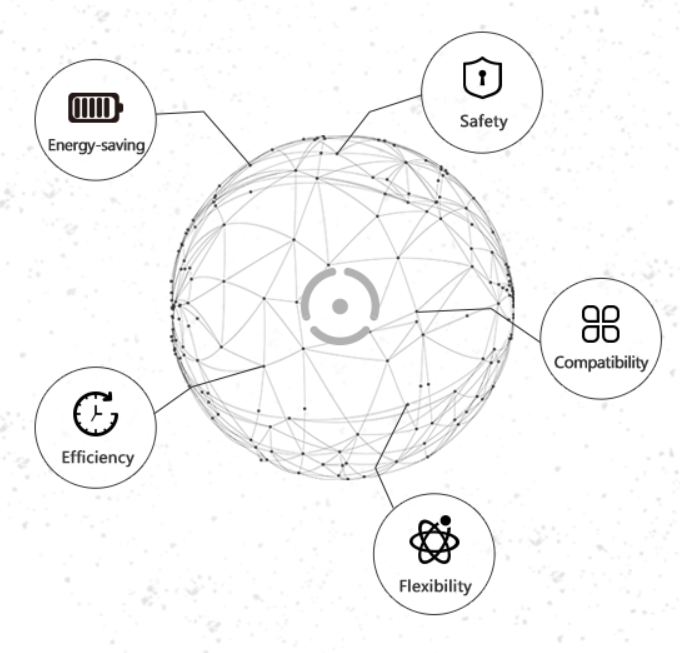
Much like a blockchain network, your brain is in the business of receiving and processing information while deciding whether what it is seeing should be trusted (see neural network diagram below). Think of blockchain as the brain and the individual nodes within the network as the worker bees that have the critical task of keeping the body out of trouble. For the brain, this starts when you are born. Your job as an infant is to learn and experience the world, and thus your brain is being trained. Knowing how the brain’s neural network functions, the Seele project team opined that they could apply neural design and learning, and adapt it to fit the needs of blockchain consensus.
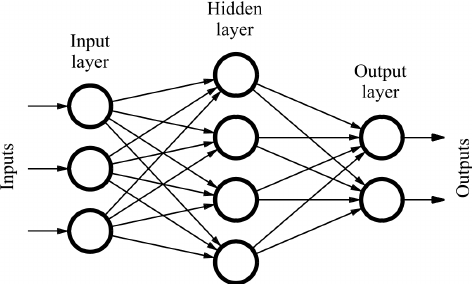
Seele invented what they call ε-differential agreement (EDA) to transform the consensus problem using asynchronous data request processing and sorting that is designed for large-scale environments. However, the most important EDA feature is the ability to scale linearly. This means that as more nodes join and participate in the blockchain network, they will be able to converge (come to a consensus), faster as the size of the node network increases.
Seele has tested EDA and contends that it is robust enough to where their network architecture can operate under normal parameters even if less than 50% is online (40% to be exact). In other words, if up to 40% of the nodes are offline, or found to be bad actors, then the system will be able to still function normally. This is an improvement over the traditional byzantine consensus algorithms that normally have a 33% limit. While 7% may not look like anything to write home to Mom about, it is a statistically significant improvement from traditional blockchain consensus algorithms.
Pulse-check: Seele uses a cool new method that scales linearly with more node participation and is designed for large-scale use and robust enough to operate normally in a scenario where 40% of the nodes go offline.
Traditionally, consensus voting is discrete. That means it is either YES/NO, 0/1, TRUE/FALSE, etc. So the first thing that Seele did was to change it to continuous voting using a sliding percentage from 0 to 100%. Why does that matter? Here is where EDA comes into play. EDA is a pre-set threshold. It is an adjustable parameter that can be applied to different environments under their Heterogeneous Forest Network. As voting value converges, the consensus is triggered as long as the value does not go over whatever EDA is set at.
It's a little more complicated than that and Seele describes how the EDA parameter value affects the block order position within blockchain in more detail in their whitepaper.
The real magic is that new blocks that are formed do not rely on previous block position! In addition, block acceptance and positioning is data independent, meaning that there is no data processing or access to the process. That makes the platform applicable for many types of business requirements. Lastly, as consensus is reached over time, the network can learn, and nodes can have different assigned weights to them that will allow faster convergence.
Seele said that neural consensus is not PoW or PoS, but what is unclear to me is how nodes continuously vote. Is it automatic? For example, if I own SEELE tokens and “operate” one or more nodes, do I actually vote? It sounds like the SEELE token and incentives are used to encourage node participation and the algorithm will work its magic, but if rewards are based on quantity owned, it sort of sounds like a hybrid of PoS. Perhaps SEELE tokens are not tied to node functionality or voting weight and therefore is not PoS in the traditional sense.
I’m not worried as I’m sure everything will be apparent as SEELE gets closer to their main net launch.
ROADMAP
FINAL THOUGHTS
Still with me? Good. I’m sure that even if you absorbed 10% of what I said, you still are way ahead than most ever will be.
As blockchain technology evolves, it’s natural that significant strides are made early and taper off until something innovative comes along again. Seele’s neural consensus algorithm is one of those significant improvements over traditional consensus methods while also benefiting from large energy savings as well.
Hopefully this post “moved the needle” in a positive direction and readers have a better understanding of Seele’s neural consensus. It took me several reads to figure it out and I still don’t quite have a full grasp of a few areas, but I feel that I am at the point where I at least know what the right questions to ask. Hopefully you do as well!
Currently, Seele's main net is slated for Q4 2018.
REFERENCE LINKS
Seele
Whitepaper
FAQ
Telegram
Twitter
CMC
These posts have greater value when you comment. Please share your thoughts with the Steemit community.
Traversing the Cryptosphere,
Kryptonaut (GeneralCryptoZod on Telegram)
Bitcointalk profile: johnnyjj
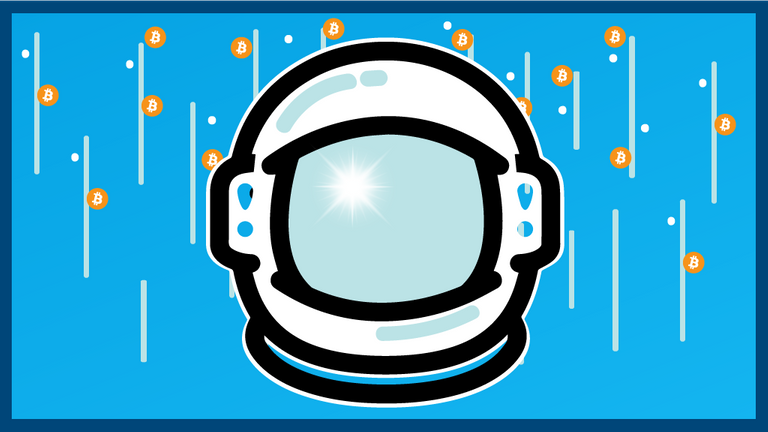

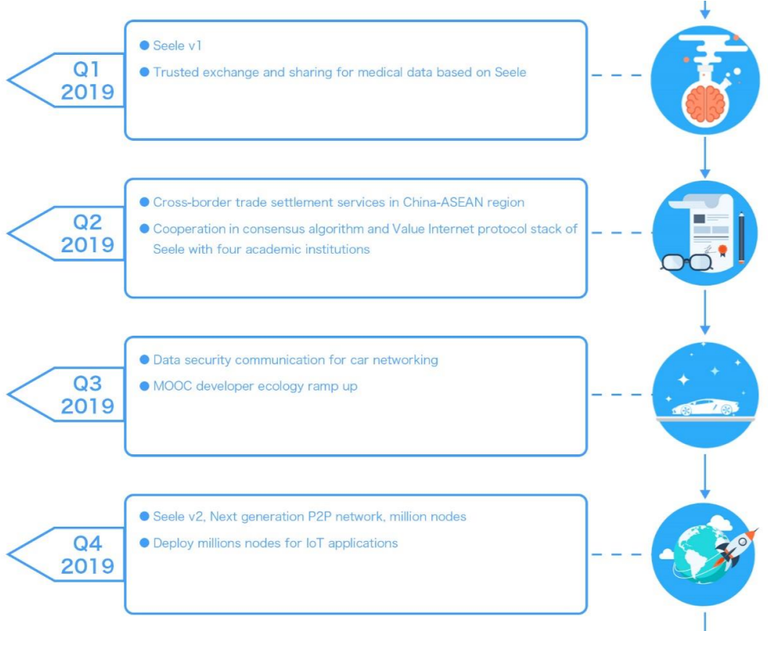
Blockchain technology is a good
Hi @kryptonaut from your post this seems to be a genuine concept with cleaver use of tech, by the way i will study before going in. thanks for your insight
Hello kryptonaut57 please help me in my new on steemit please upvote my post https://steemit.com/android/@ramesh10/hero-hunters-now-available-on-android